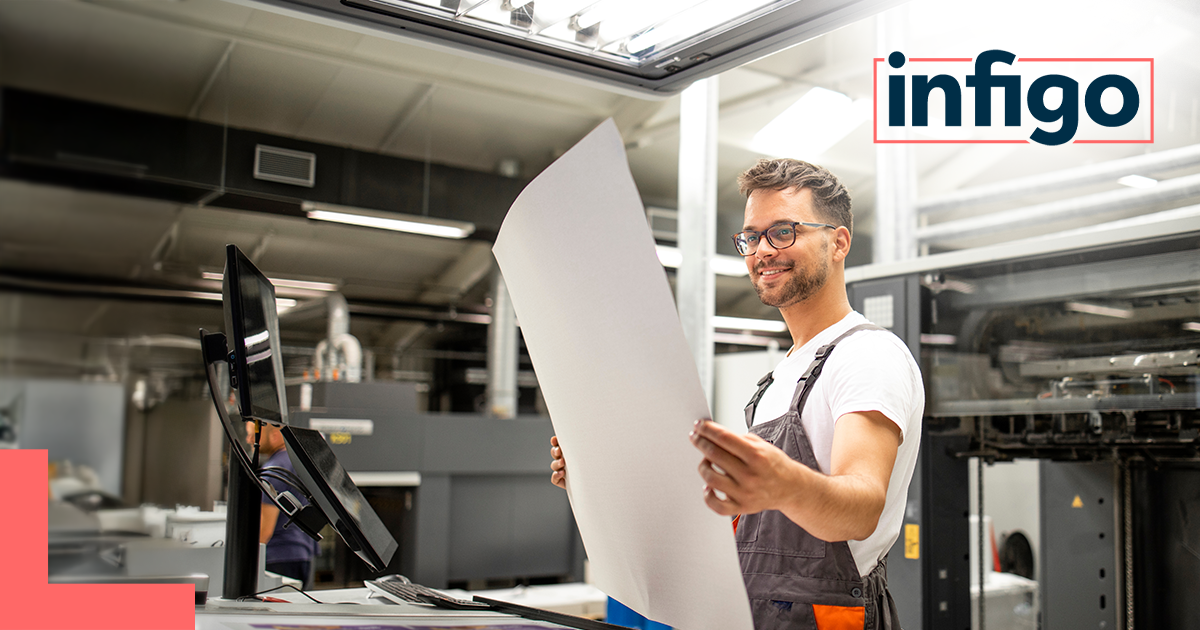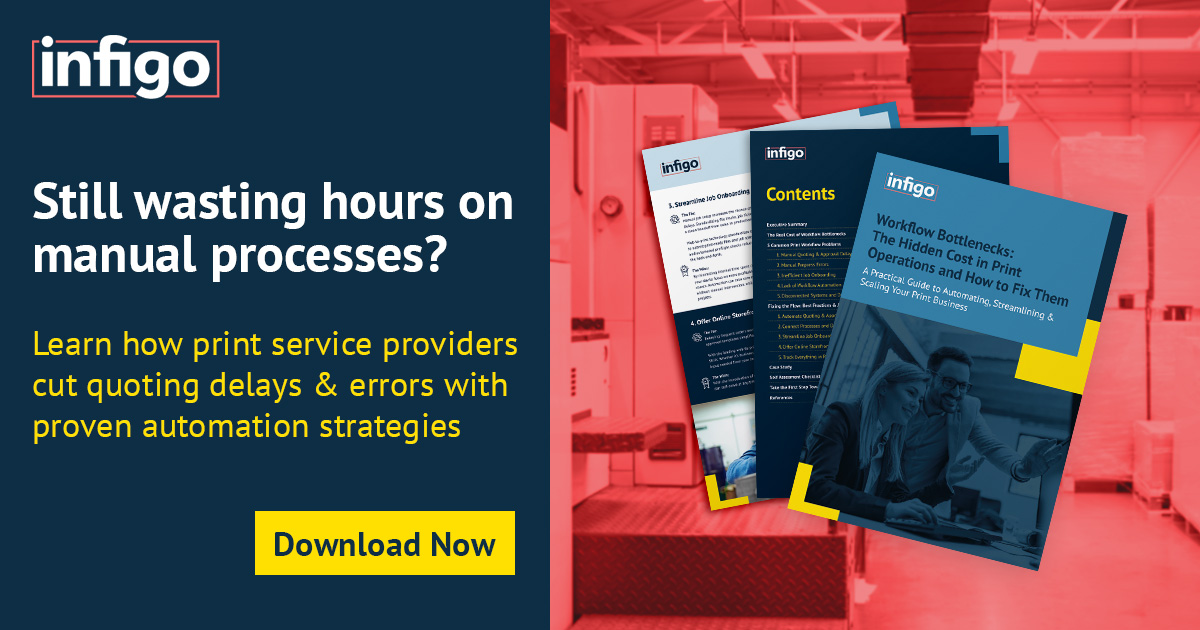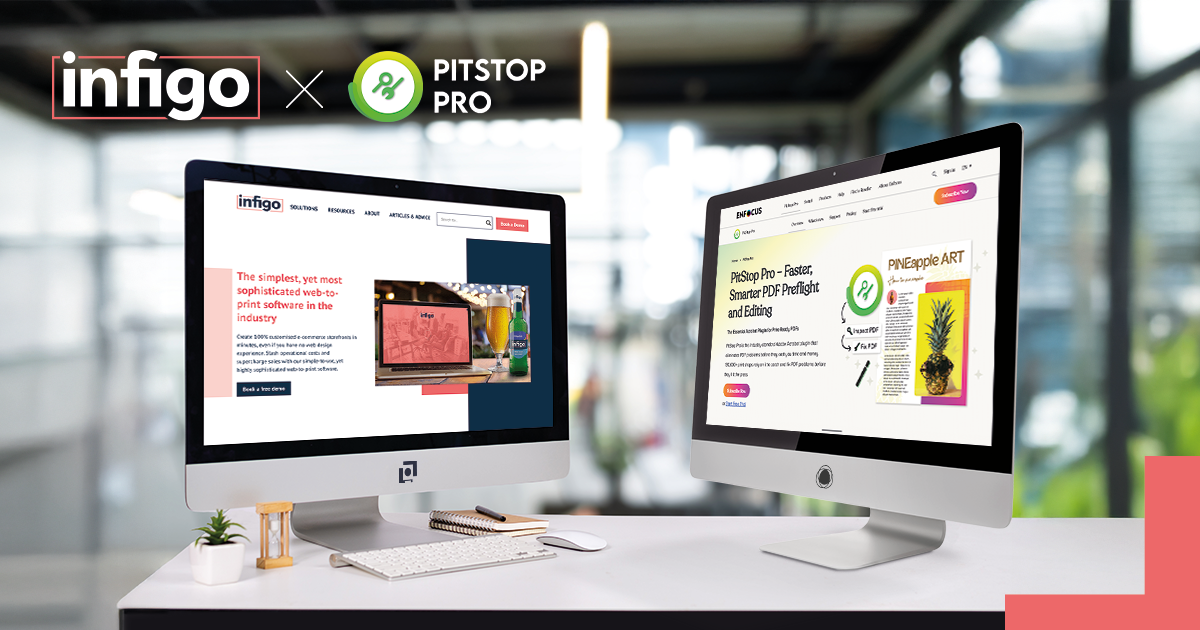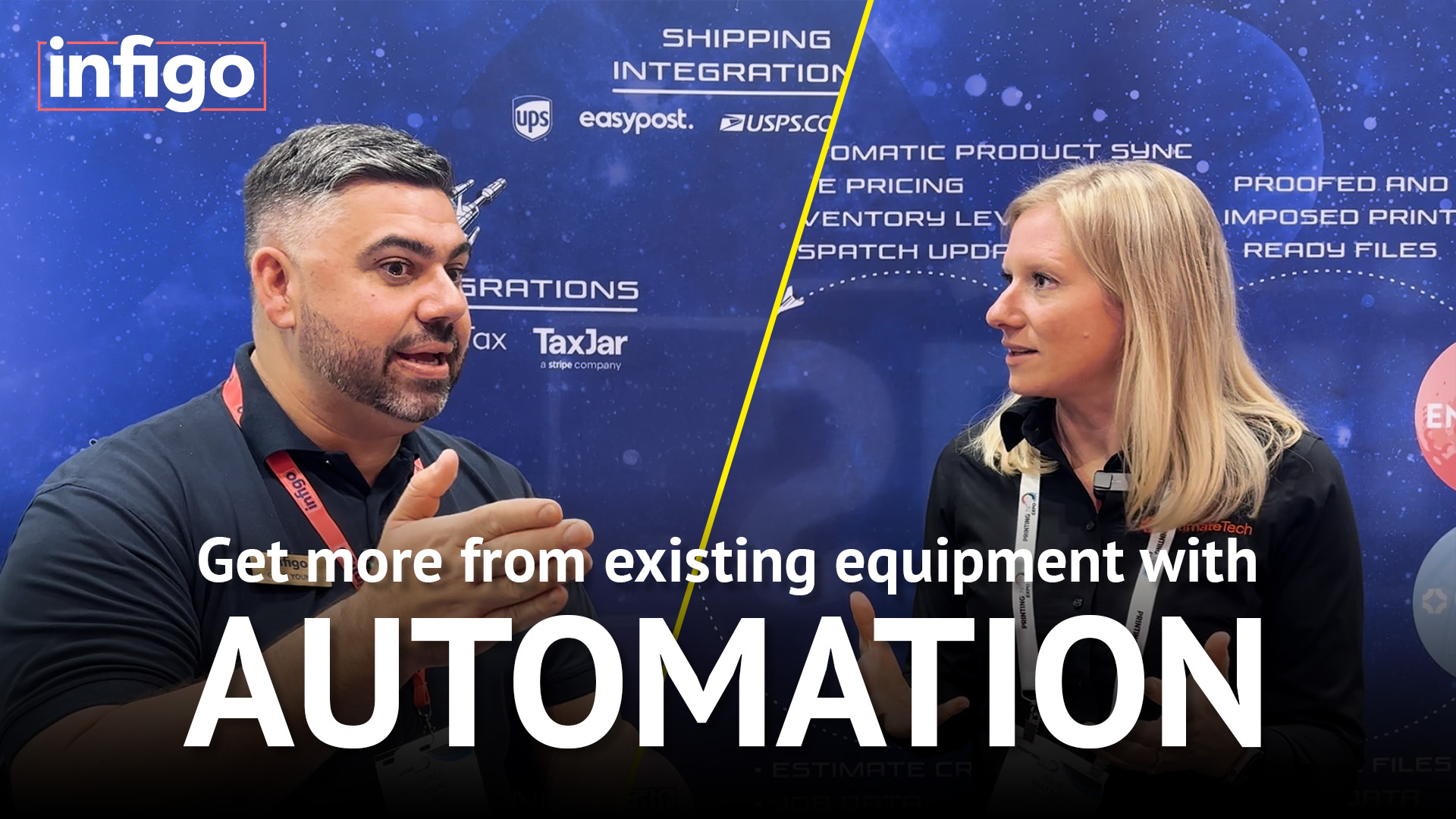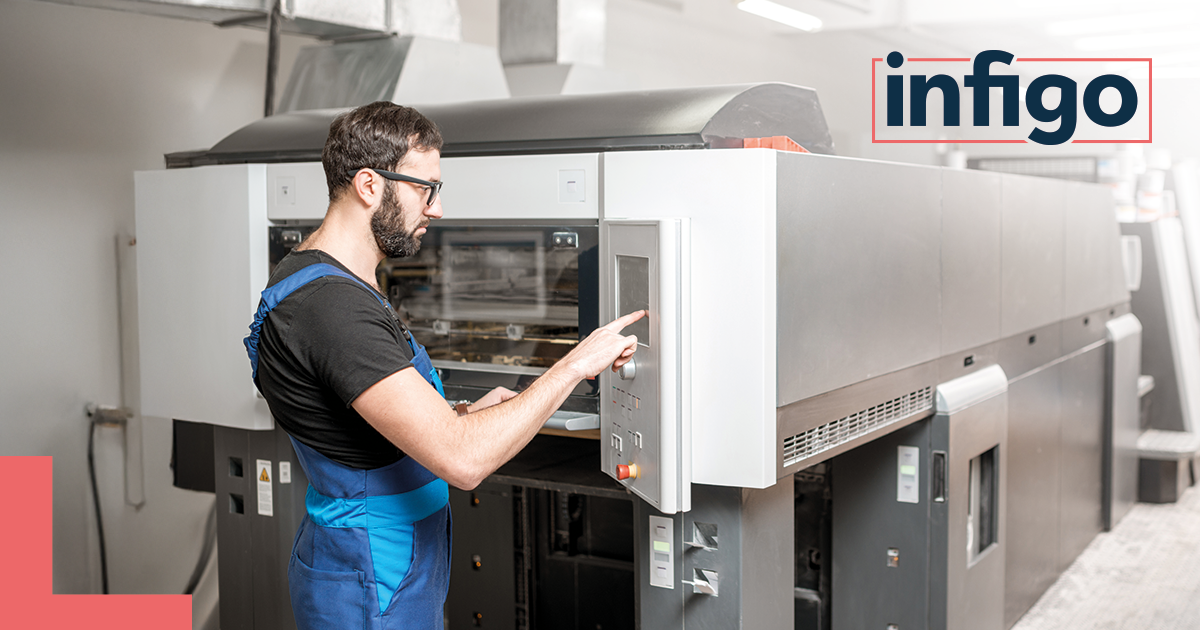We don’t need to tell you that the label printing industry has undergone dramatic transformation in recent years. Across Europe, printers are adapting to a fast-changing landscape shaped by evolving consumer habits, tightening regulations, and relentless pressure to improve speed, sustainability and service.
As short-run, personalised and variable-data labels become the norm, traditional workflows are struggling to keep pace. The rise of e-commerce and private-label products has fuelled demand for faster turnarounds, flawless accuracy, and more agile production.
Meanwhile, sustainability has shifted from a competitive advantage to a contractual requirement, with brands seeking partners that can help reduce environmental impact at every stage of the supply chain.
These changes bring significant challenges but also huge opportunities. Printers that embrace digital transformation stand to unlock operational efficiency, reduce costs, and deliver an experience that mirrors the convenience and personalisation consumers now expect.
At the heart of this evolution are intelligent web-to-print solutions: platforms that automate manual tasks, enable online ordering and editing, and integrate seamlessly with existing systems.
In this blog, we’ll explore the trends redefining the label industry, backed by insights from the latest IMGcorp Label Industry 2027 report, and how the most forward-thinking printers are turning disruption into competitive advantage.
The Shifting Label Landscape
The label sector is experiencing a wave of innovation and disruption unlike anything seen before. Fuelled by shifting consumer behaviour, supply chain volatility and rising environmental demands, the expectations placed on label printers have never been higher.
According to the Label Industry 2027 report from IMGcorp, key drivers reshaping the industry include the explosive growth of private label goods, increased demand for customisation, and a growing focus on localised production. Brands are demanding faster, shorter print runs with more variation, tighter delivery windows, and better cost control.
Alongside speed and scale, customers are also demanding sustainability. Regulatory pressures across Europe, such as the EU Packaging and Packaging Waste Regulation, are pushing printers to prove environmental compliance, optimise material usage, and offer recyclable or compostable substrates.
Likewise, a 2025 McKinsey study found that 70% of global consumers would refuse to swap sustainable packaging for cheaper alternatives, even when under financial pressure. For many, reducing waste isn’t just about ethics, it’s a commercial necessity.
Meanwhile, technology continues to raise the bar. From smart packaging with QR codes to interactive labels powered by augmented reality, brands are looking to stand out on crowded shelves. This creates new creative possibilities but also more complex production requirements.
The message is clear: agility and automation are no longer optional. To remain competitive, label printers need smarter workflows that can adapt in real time to shifting market dynamics, regulatory demands, and consumer expectations.
Challenges and Opportunities in Equal Measure
Innovation is reshaping the label industry, bringing both increased complexity and powerful opportunities. For many printers, the push toward digital transformation has exposed long-standing inefficiencies in existing workflows.
Manual processes, siloed systems, and duplicated data entry continue to create bottlenecks across sales, pre-press and production.
At the same time, customers expect more. They want faster turnarounds, flawless accuracy, real-time updates, and the ability to edit and personalise artwork online. Without the right digital infrastructure in place, meeting these expectations can strain already stretched resources and cut into margins.
But where there’s friction, there’s also opportunity. Printers who adopt cloud-based, web-to-print solutions can dramatically reduce production errors, eliminate repetitive admin, and offer the kind of seamless online ordering experience today’s customers demand.
Whether it’s enabling automated order processing, dynamic artwork editing, or instant proof approvals, the right digital tools unlock capacity and boost profitability without the need to increase headcount.
How Web-to-Print is Transforming Label Printing in 2025
In today’s label business, streamlined workflows aren’t just helpful, they’re essential. Web-to-print platforms allow customers to edit designs, submit orders, and receive proofs all within a unified, online environment.
This “Amazon-like” experience drives higher accuracy, accelerates turnaround, and frees up internal teams to focus on value-added tasks.
These platforms typically offer:
- Online artwork editing with instant proofs
- Automated job submission and order processing
- Integration with MIS, ERP, and pre-press systems
- Dynamic templates for versioned or variable-data labels
- Instant pricing and delivery tracking
These features not only cut costs and reduce errors but also empower scale, enabling label printers to expand capacity without expanding headcount.
Scope for innovation in the labels market
As of 2025, the global web-to-print market reached $34.31 billion and is projected to grow to $57.50 billion by 2034, with the packaging segment accounting for over 50% of the total digital print market.
By comparison, digitally printed pressure-sensitive labels make up just 10% of the total label market, while digital flexible packaging remains under 1%, even in advanced markets.
This gap, highlighted again in the Label Industry 2027 report, signals massive opportunity for label printers to close the adoption divide and capitalise on proven digital strategies already thriving in adjacent sectors.
Sustainability Through Smarter Workflows
Sustainability is no longer a niche trend, it’s at the heart of procurement, brand partnerships, and consumer choice.
As regulatory pressure intensifies and eco-conscious purchasing becomes the norm, label printers are being asked to prove their green credentials not just in materials used, but across the entire production process.
Web-to-print platforms help reduce material waste, energy usage, and unnecessary logistics by digitising artwork approvals, automating order handling, and enabling just-in-time production. Live previews and automated checks catch errors before they hit the press, while data-driven scheduling minimises waste and overproduction.
Sustainability as a Value Driver
According to industry data, 90% of consumers say they are more likely to purchase from a brand or retailer if its packaging is eco-friendly. This makes sustainability not just an ethical value but a value driver.
The Future-Proof Label Business
As the industry evolves, future-ready label printers will need more than efficient workflows — they’ll need a digital backbone capable of adapting to new market demands at speed.
Personalisation, localisation, and smart packaging are reshaping expectations, and digital-first platforms make it easier to keep up. From QR-enabled interactive labels to multilingual product launches, agile template-based design and seamless approval processes are crucial.
Future Outlook Insight
According to the Smithers “Future of Package Printing to 2029” report, digital label and packaging print is projected to grow at 11.2% annually through 2029, outpacing traditional flexo and offset processes. Automation, online ordering, and versioned print are among the key drivers. The takeaway? Investing in digital workflows today ensures a more agile, scalable business tomorrow.
Embracing the Shift to Smarter Label Production
The label printing market has altered drastically and it’s not slowing down. From shifting customer demands and sustainability targets to increasingly complex supply chains, printers are being challenged to deliver more value with greater speed and efficiency.
But for those who invest in the right technology, these challenges present a clear competitive edge. Web-to-print platforms have proven their ability to cut waste, reduce costs, and offer a frictionless, Amazon-like experience for customers — all while enabling agile, scalable production.
By automating time-consuming manual tasks, integrating core systems, and empowering customers to self-serve and personalise their own labels, printers can free up internal resources and respond faster to evolving market demands. It’s not just about staying competitive — it’s about creating a business model that’s truly built for what’s next.
